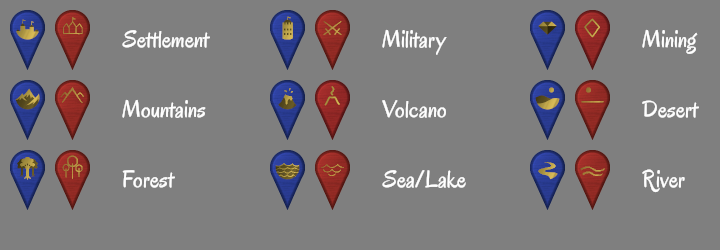Cheladon
A much larger, more dangerous relative of the chelanin.
Basic Information
Anatomy
Cheladoné are semi-aquatic fish with a streamlined body, a large back fin and a long tail. They are quadrupedal and digitigrade with broad paws and retractable claws.
Their jaws are elongated with sharp teeth. Four long, fleshy feelers are located near the nose, and they have two comparably small eyes, but no visible ears.
Except for the head and back fin, their whole body is covered with sleek fur. That tail is covered in notably longer, fluffier fur.
Biological Traits
Young cheladoné have speckled fur, serving to camouflage them on the ground. In contrast, the adults show broad stripes which let them blend in better with the tree trunks.
Ecology and Habitats
Their preferred habitat are lakes, rivers and swamp lands, but they can also be found deeper inside regular forests. Cheladoné are excellent swimmers and their broad paws aid them in distributing their weight and walking safely on muddy ground.
Dietary Needs and Habits
Cheladoné feed mainly on fish and small to medium-sized land animals. They are also known to occasionally eat certain plants.
Their hunting method focuses on stealth and a well-placed bite to quickly kill the prey.
Biological Cycle
The mating season takes place in spring and is marked by notable shifts in behavior.
Males in particular become very territorial at that time. While they mostly avoid people for the rest of the year, they now actively seek out intruders and attack if their warning signals are ignored.
Females hunt more frequently and target larger prey than usual to build up sufficient reserves for producing the eggs.
Approaching a nest with eggs or cubs is extremely dangerous, since the mother will protect her offsprings ferociously.
Additional Information
Social Structure
Outside the mating season, cheladoné are solitary animals that rarely interact with others of their kind. Mothers care for their young for about five months before the family goes separate ways.
Domestication
Domesticating cheladoné is much more difficult than for the smaller chelaniné. However, that does not stop people of high status from keeping them as highly prestigous pets.
Since cheladoné are hard to breed in captivity, this is usually achieved by taking young animals from their natural habitat and familiarizing them with people before they develop their predatorial behavior. Nevertheless, trained handlers and precautions such as stable cages and chains are required to prevent accidents from happening.
Uses, Products & Exploitation
Cheladoné are sometimes hunted for their striped fur. Their meat and organs are less popular for food than those of other species, but often processed into various medical products.
Geographic Origin and Distribution
Perception and Sensory Capabilities
Their main sensing organ are the feelers which are covered in touch and smell receptors. While they have no dedicated ears, their back fin and paws are highly sensitive to vibrations in the air and ground. The eyes play a minor role in sensing their environment.
Lifespan
8 - 10 years (in the wild)
12-16 years (in captivity)
12-16 years (in captivity)
Average Height
85 - 105 cm (without back fin)
140 - 190 cm (with back fin)
140 - 190 cm (with back fin)
Average Weight
180 - 230 kg
Average Length
130 - 150 cm (without tail)
210 - 250 cm (with tail)
210 - 250 cm (with tail)





I'm not sure why but the idea of a fish with fur creeps me out. These are a really cool species though. I like how protective they are of their young. :D
Explore Etrea | March of 31 Tales
Thank you very much! :D And don't worry, it's only the semi-aquatic fish that have fur - the fully-aquatic species have regular scales. ;)
Creator of the Kaleidoscope System and the planet Miragia.